“Reading around the Campfire” program provides a comprehensive, multisensory, evidence-based approach to reading instruction that is structured, sequential, and engaging (code for FUN!). Its integration of Orton-Gillingham foundation, phonemic awareness, classic literature, and varied teaching techniques creates a learning experience unmatched by any others. It caters to all learners and learning styles, and is especially beneficial for dyslexic children, as well. The program’s design is logical and effective, providing a strong foundation for developing reading skills in learners of any age.
1. Structured Progression in Phonemic Awareness
- The program starts with a phonemic warm-up that focuses on auditory skills, visualization, and the physical aspect of producing sounds. This foundational step is crucial for developing phonemic awareness, a key predictor of reading success.
2. Three-Lesson Brackets for Concept Mastery:
- Each instructional bracket comprises three lessons, each focusing on a specific phonics skill or set of skills, ensuring a gradual and comprehensive approach to reading. This structured repetition and reinforcement help solidify the learning, and it moves at your student’s own pace.
3. Multiple Teaching Techniques:
- The lessons utilize visual, auditory, and kinesthetic learning strategies to cater to various learning styles. Techniques include games, phonogram and sight word squares, interactive activity sheets, and sensory exercises that engage different areas of the brain related to reading.
4. Orton-Gillingham Principles and Other Philosophies:
- The program builds on the Orton-Gillingham approach’s strengths by incorporating its structured, sequential, multisensory phonics techniques—especially beneficial for dyslexia. Additionally, it enriches the curriculum by integrating elements from other educational philosophies, creating a more rounded and flexible approach to reading, for all learners.
5. Emphasis on Phonemic Awareness for Spelling:
- A distinctive aspect is the focus on phonemic awareness, where children learn to sound out words and identify letters without initially engaging in the act of spelling. This “Campfire technique” fosters a deep understanding of the sound-letter relationship, crucial for early reading and spelling skills.
6. Decodable Texts and Classic Literature:
- The inclusion of decodable reader and content like Aesop’s Fables or The Velveteen Rabbit (abridged so student can read within the program) provides meaningful, engaging reading practice. This choice supports the development of decoding skills while exposing students to quality literature.
7. No Requirement for Prep Work or Printing:
- The program is designed for ease of use, requiring no preparation or printing (unless desired for tactile reasons), making it accessible and convenient for parents and educators.
8. Strategic Reviews and Assessments:
- Strategic reviews and assessments after each bracket ensure that students have mastered the concepts before moving forward. This tailored approach allows for individual pacing and reinforces mastery learning.
IN THIS 100% OPEN-AND-GO DIGITAL (PDF) PHONICS PROGRAM, EVERYTHING IS INCLUDED. NO PREPARATION IS REQUIRED. NO PRINTING IS REQUIRED. WANT TO SEE ALL THE EXTRAS INCLUDED IN EACH UNIT?
CHOOSE ONE OF THE TWO OPTIONS BELOW:
PHONICS AROUND THE CAMPFIRE
This unit is ideal for 4 – 7 years of age (though there is no age requirement or restriction). It strategically teaches beginning mastery of phonemic awareness, letters and sounds, digraphs (CH, TH, SH, etc.), and reading preparedness…
READ MORE/READ LESS
LESSON COUNT: ~45 open-and-go lessons
Foundational Lessons
This unit begins with a full week of phonemic awareness foundational skills. As these are foundational concepts that work on cognitive function, bridging different areas of the brain, they will be included in every unit before the regular lessons begin.
Regular Lesson focus:
- Learning letters and sounds of the entire alphabet
- Implementation and beginning mastery of phonemes (smallest, distinct units of sound in the English language)
- Graphemes (written symbols that represent the phoneme)
- Phonograms
- Mastering beginning/middle/ending sounds
- Introduction to digraphs
- Learning unusual letter sounds (variations of the letters, IE: G can say /j/.
- Syllable count, rhyming, etc.
- Creating new words by changing initial/medial/ending phonemes (increases fluency and decoding skills in future reading)
- High focus on classics, literature and poetry or rhyme implementation
Review & Grow lessons:
These lessons will occur approximately every 5th day and include review as well as an additional focus in phonemic and phonological awareness, development and connection of different parts of the brain. They also work on orthographic processing, inclusion of symbol and concept imagery, adaptation of auditory activities, blending procedures, emergency communication, life skills, and more.
Time:
Some students can do a lesson a day, where others may wish to take up to a week. Each day is set up for a 20-minute window of learning.
Some may wish to do the unit twice in a school year, spiraling back around. There is no right or wrong. Follow your student’s lead and our assessments within the unit.
SYW* Pages & Extensions Pack
For younger students, there are fun songs, videos, small incorporations of animal science (SYW), geography (SYW), classic literature and poetry, fun activities and optional crafts, beautiful graphics, game playing, bonding, and more!
*SYW stands for “Skip if You Want,” meaning the pages occur occasionally at the end of a lesson (randomly) and are completely optional for additional fun and learning.
Is this unit for you?
- If your child is kindergarten age/skill or younger (approximately 4 – 7 years old), you should start with Phonics around the Campfire. This is true even if they know their basic letters and sounds or a few CVC words. While much of the unit may seem like review, it also teaches digraphs, difference between vowels and consonants, and phonemic awareness at their development level. This ensures a good foundation for the pace at which our next unit flows. For this age group, it would be best to start here before heading into Reading around the Campfire #1.
- If your child has truly mastered their “letters and sounds,” can tell you the sounds of the most common digraphs (CH, TH, SH, etc..), knows the difference between vowels and consonants, AND can demonstrate a good foundation of phonemic awareness, they may begin with Reading around the Campfire #1.
- NOTE: The pre-lessons in Reading around the Campfire #1 (provided for free in the Sample) are to be used as the assessment to determine phonemic readiness.
READING AROUND THE CAMPFIRE #1
This unit is where every student from 1st – 12th grade needs to begin, regardless of age. This includes students that:
-Know their letters and sounds but do not yet know how to read -or-
-Are a beginning reader (CVC words) -or-
-Are an older student but a struggling reader
This unit takes you from basic blending and non-reading in bracket #1 to reading multiple letter and multisyllabic words with fluency and a very strong beginning foundation by the end. It is for ALL ages.
*More details at bottom
READ MORE/READ LESS
LESSON COUNT: 10 brackets made of 3 parts each
Phonemic Pre-unit Lessons:
This unit begins with three lessons of phonemic awareness and skills, as in the Phonics around the Campfire unit. These are foundational concepts that work on cognitive function and bridging different areas of the brain, so these lesson types will be included in every unit.
Regular Lesson Focus:
This is the unit that can set or reset your student’s foundation for future success. This unit will build upon the former Phonics around the Campfire (or any other prior instruction) with:
- Immediate implementation of blending ladders, auditory processing, and CVC words
- Further review of phonemes, graphemes, and phonological awareness
- Phonogram identification and variations
- Initial blends and clusters (CCVC, CCCVC)
- Final blends and clusters (CVCC, CVVCC, CVCCC)
- Inflectional endings and 3-letter clusters (-ING, -INK, -S, -ES)
- Words with combined digraphs and blends
- When -Y steals I or E
- Open and closed syllables
- Rabbit Syllable Division (VC*CV)
- Tiger vs. Camel Syllable Division (V*CV, VC*V)
- 1st Job of Silent E
- R-controlled (bossy R) words
- High frequency sight words
- Double consonant rules
- Schwa sounds
- High emphasis on strategic decoding skills
- High emphasis on oral motor processing
- Multi-letter phonograms
- Reading Compound words
- Reading multisyllabic words
- Punctuation
- Creating new words by changing or replacing initial/medial/ending phonemes (increases fluency and decoding skills when reading)
- Orthographic processing
- Phonological processing
- Reading comprehension
- High focus on classics, poetry, and literature,
- Etc…
Extras
For all students, there are also optional songs, videos, partner reading, fun and optional activities (applicable to a wide age range), beautiful graphics, fun challenges, multi sensory approaches, game playing, bonding, and more!
Is this unit for you?
If your child is between the ages of a standard 1st – 12th grade student (or advanced kindergarten student who has a very good grasp on phonemic awareness, letters, sounds, vowels, and digraphs), he or she should start with Reading around the Campfire #1. This is true, regardless of age, even if the student knows some of the material or finds himself moving quickly throughout the unit. It is very important to start here, as the foundational concepts taught in this unit can ensure future success in follow-up units. It is at this level where many struggling readers had their foundation crumble (and they need to re-learn different ways to connect regions of the brain) or where many new readers do not develop a strong foundation.
The problem many new readers have is not developing a strong foundation before building the walls (trying to advance without repairing the gap in former years of instruction). This program teaches them to do both.
In addition to teaching phonics skills with systematic and evidence-based methods, these units also lead your child to mastering phonemic awareness while strengthening many regions of his or her brain. Students thrive when they learn to connect dots uniquely, allowing future instruction to have the most impact.
POSSIBLE FUTURE INSTALLMENTS
The program is complete, as-is. This is, however, a teaching concept that could theoretically continue on indefinitely, so we may continue to release more for the enthusiasts! What would that look like?
READ MORE/READ LESS
-
- AN ANALOGY TO EXPLAIN:
Imagine a comprehensive cookbook that teaches everything you need to become a great cook—recipes, techniques, and expert tips from top culinary schools. It’s complete on its own.
Could the same company later release books focused on French cuisine, baking, or other specialties? Absolutely. But that doesn’t mean the original cookbook is lacking—those future books would simply go deeper, potentially covering years’ worth of content. They may come, but they’re not essential.
In the same way, Campfire’s Phonics program fully prepares students to transition into our tiered language arts units with confidence!

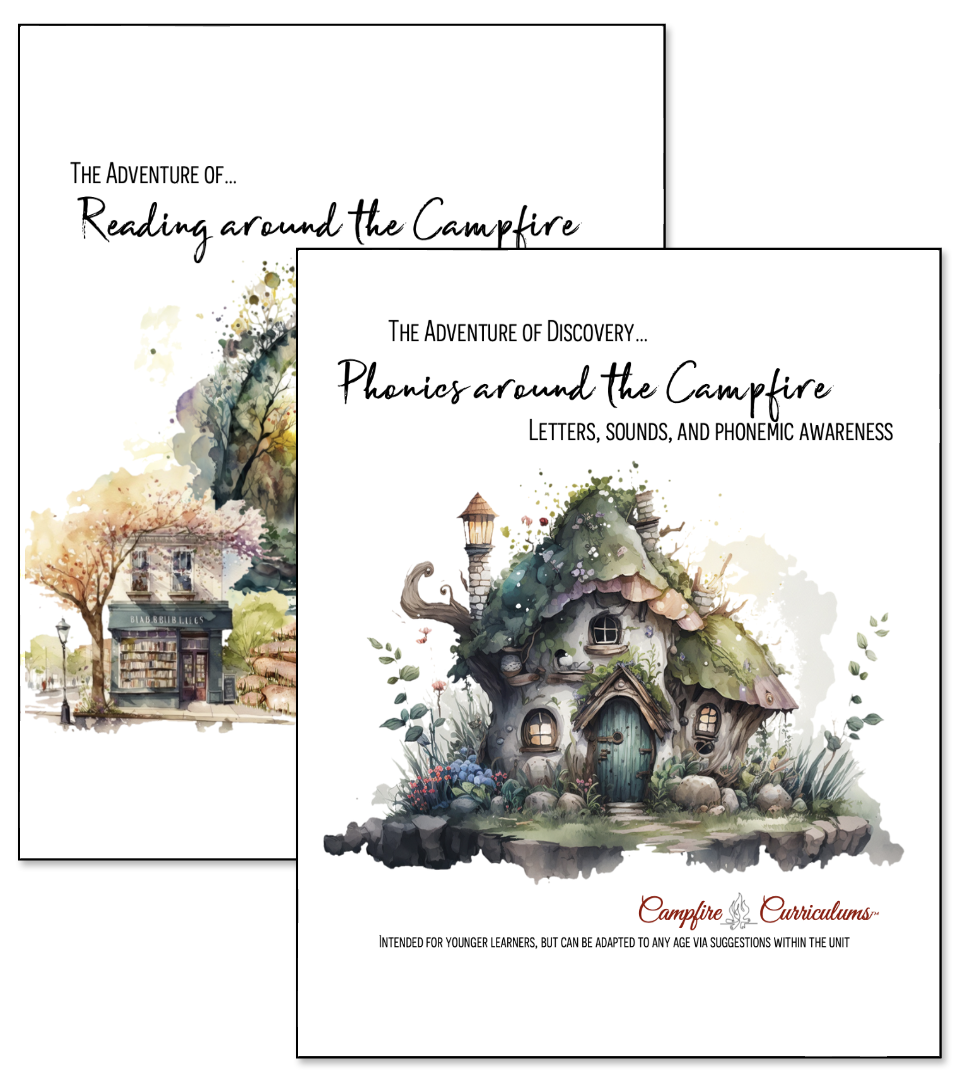
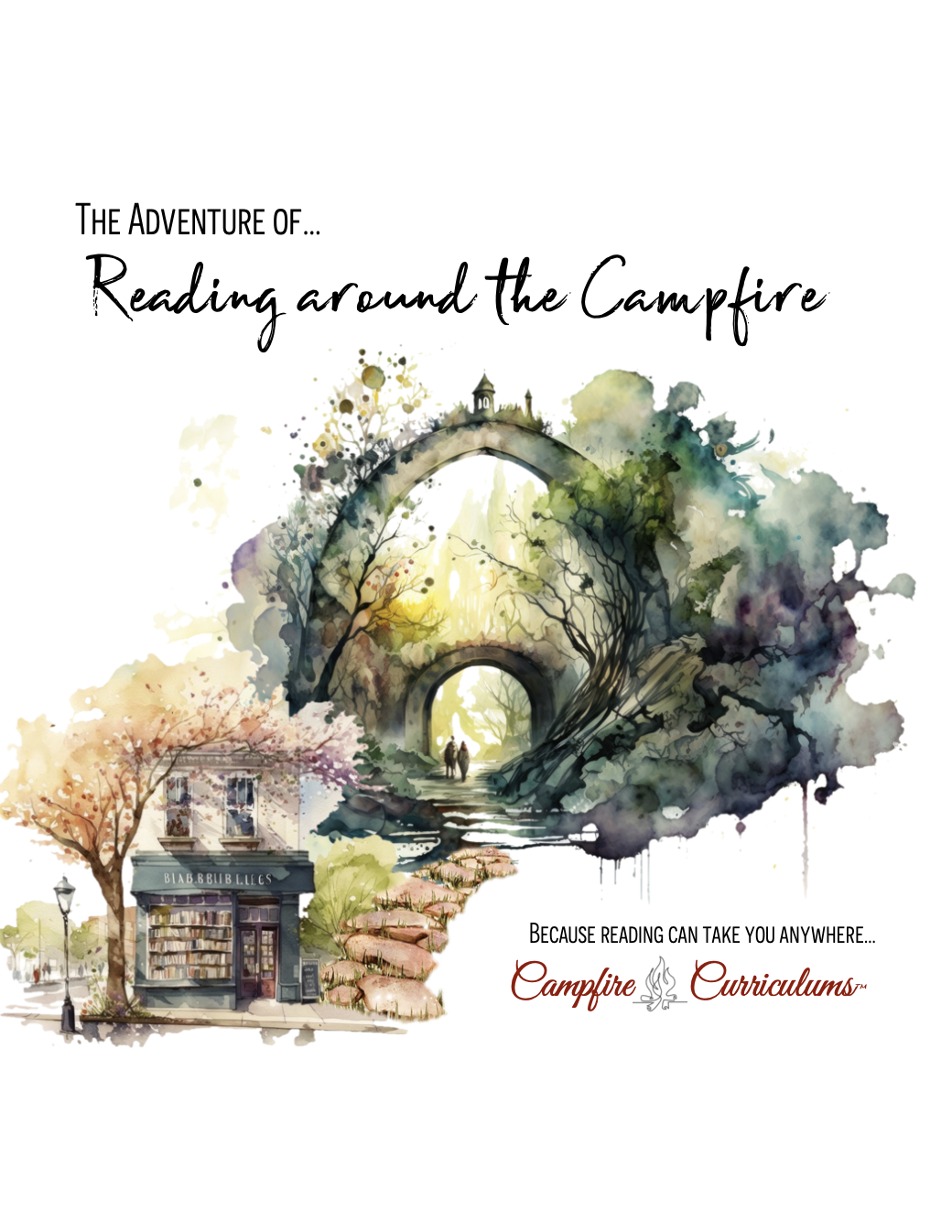
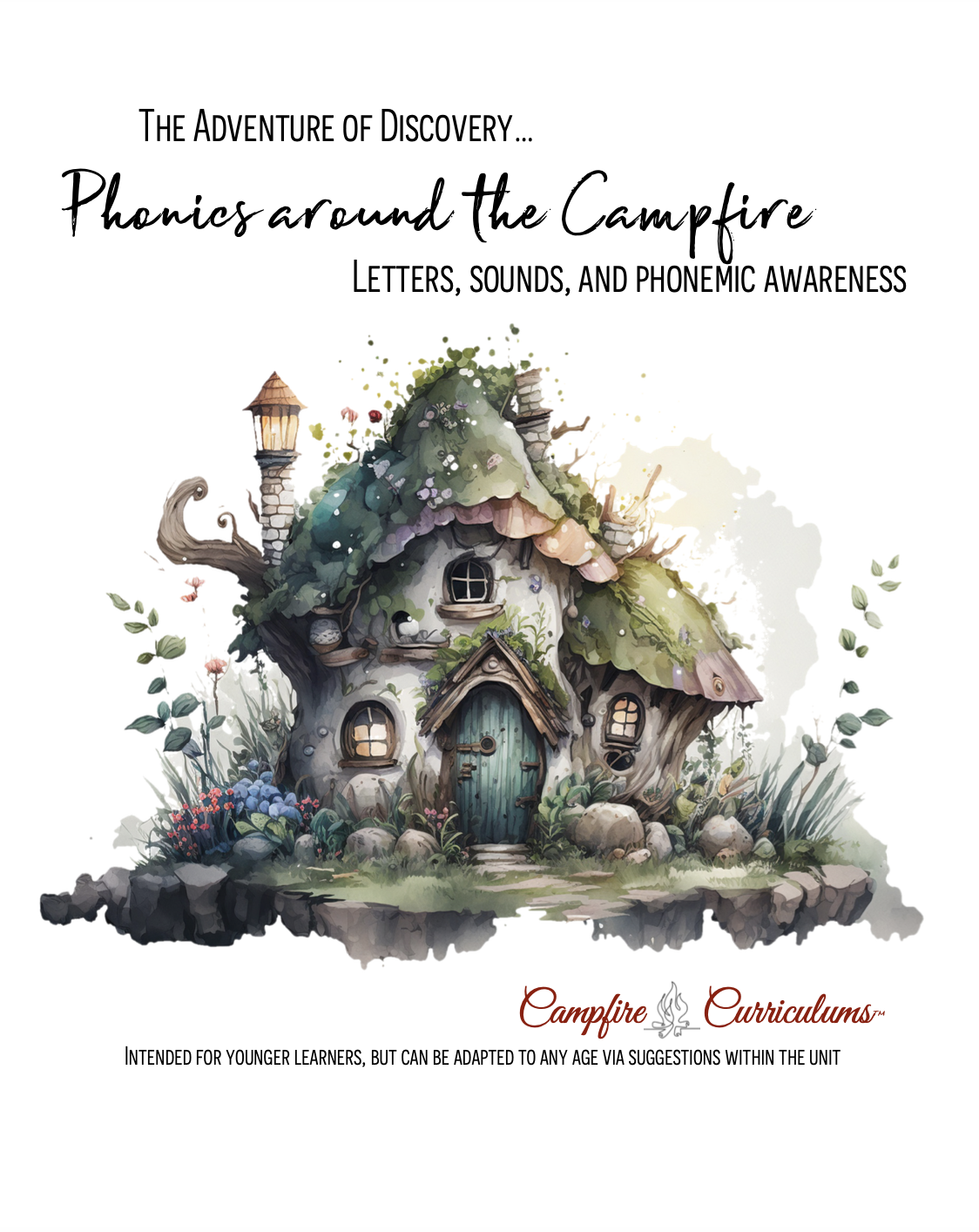

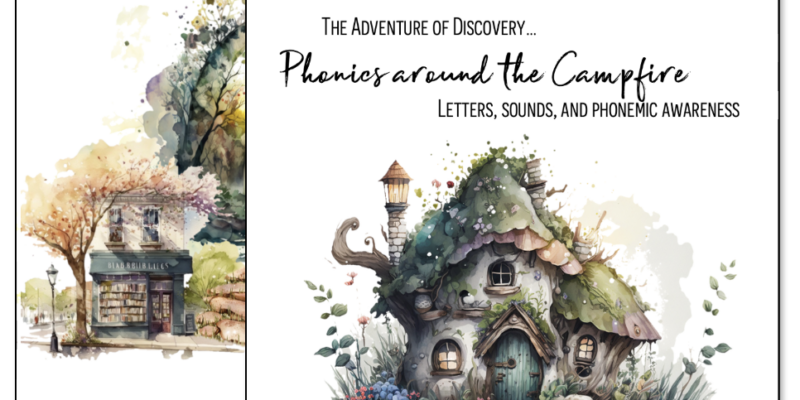


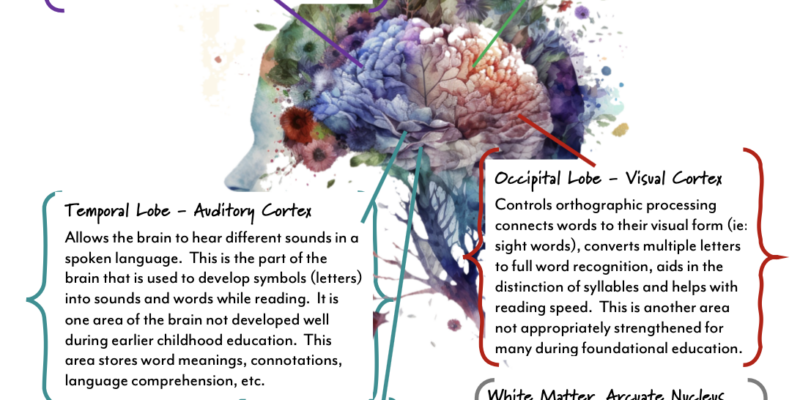

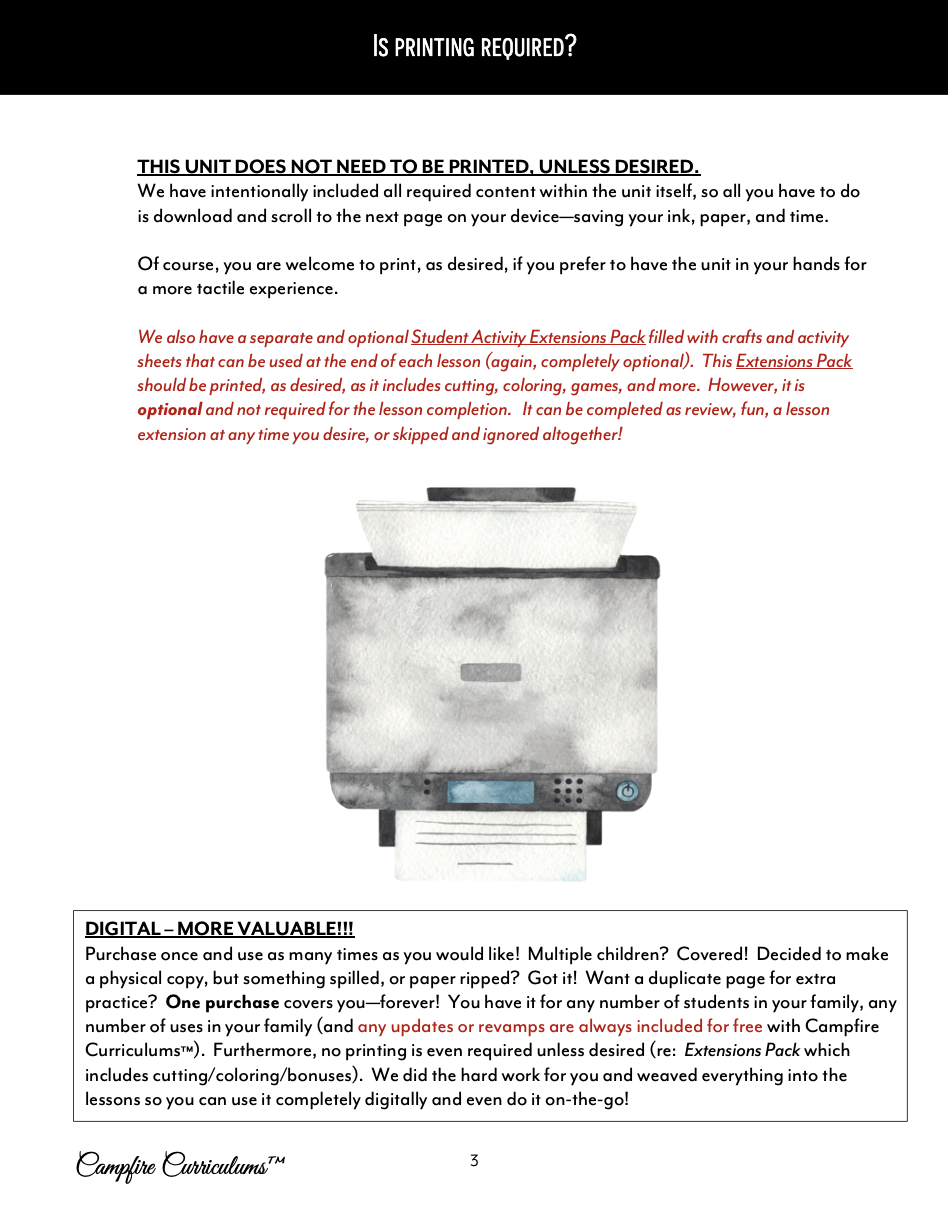
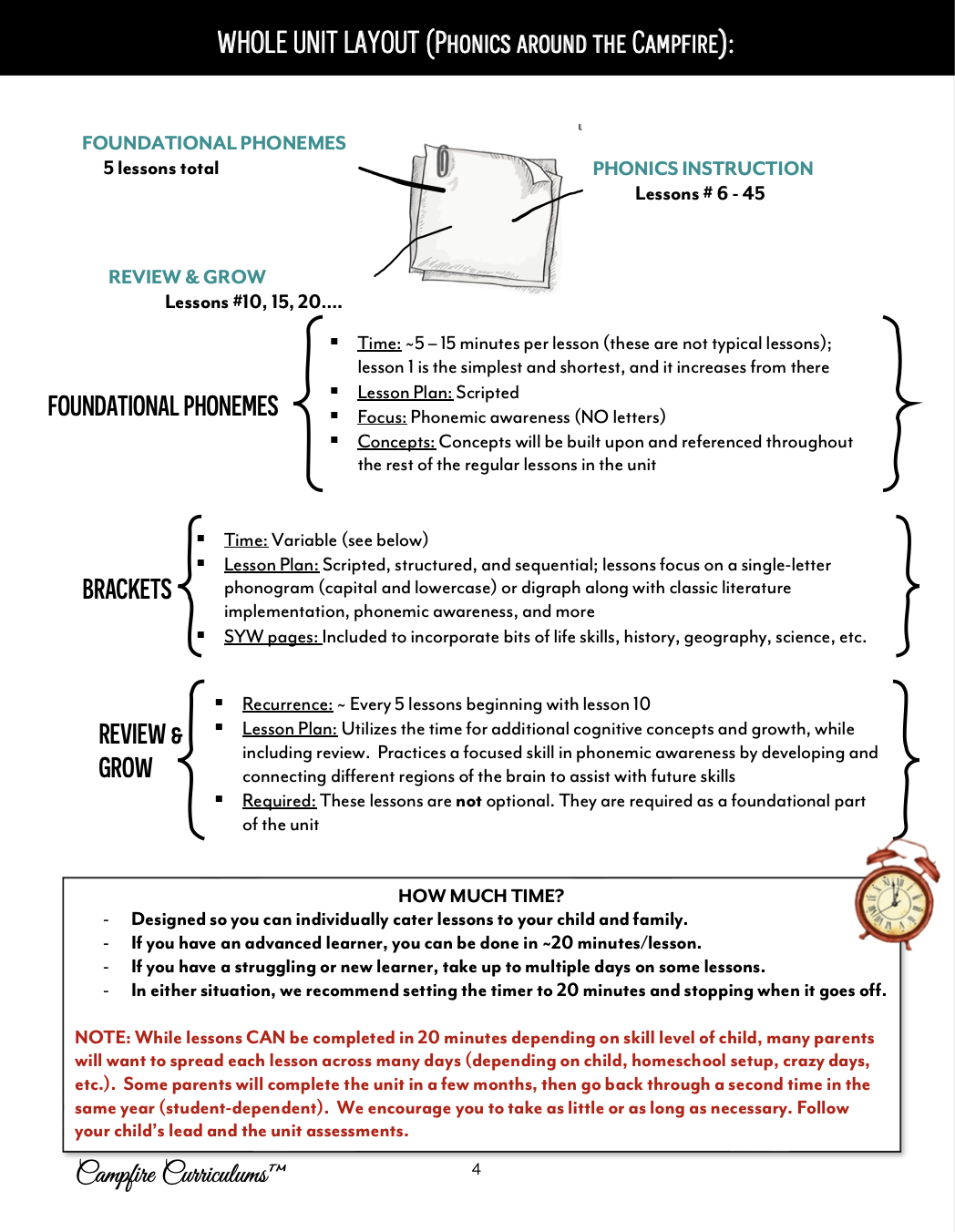
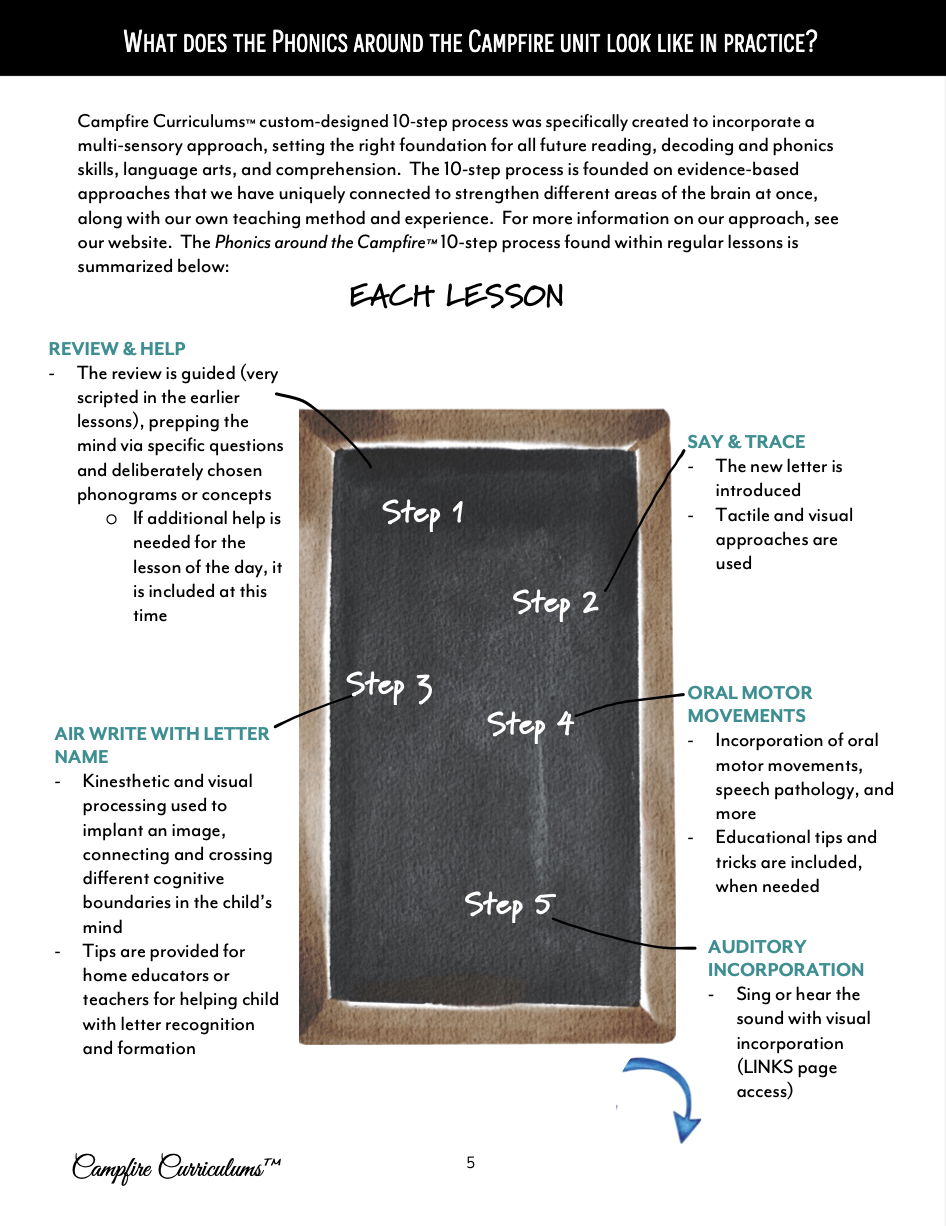

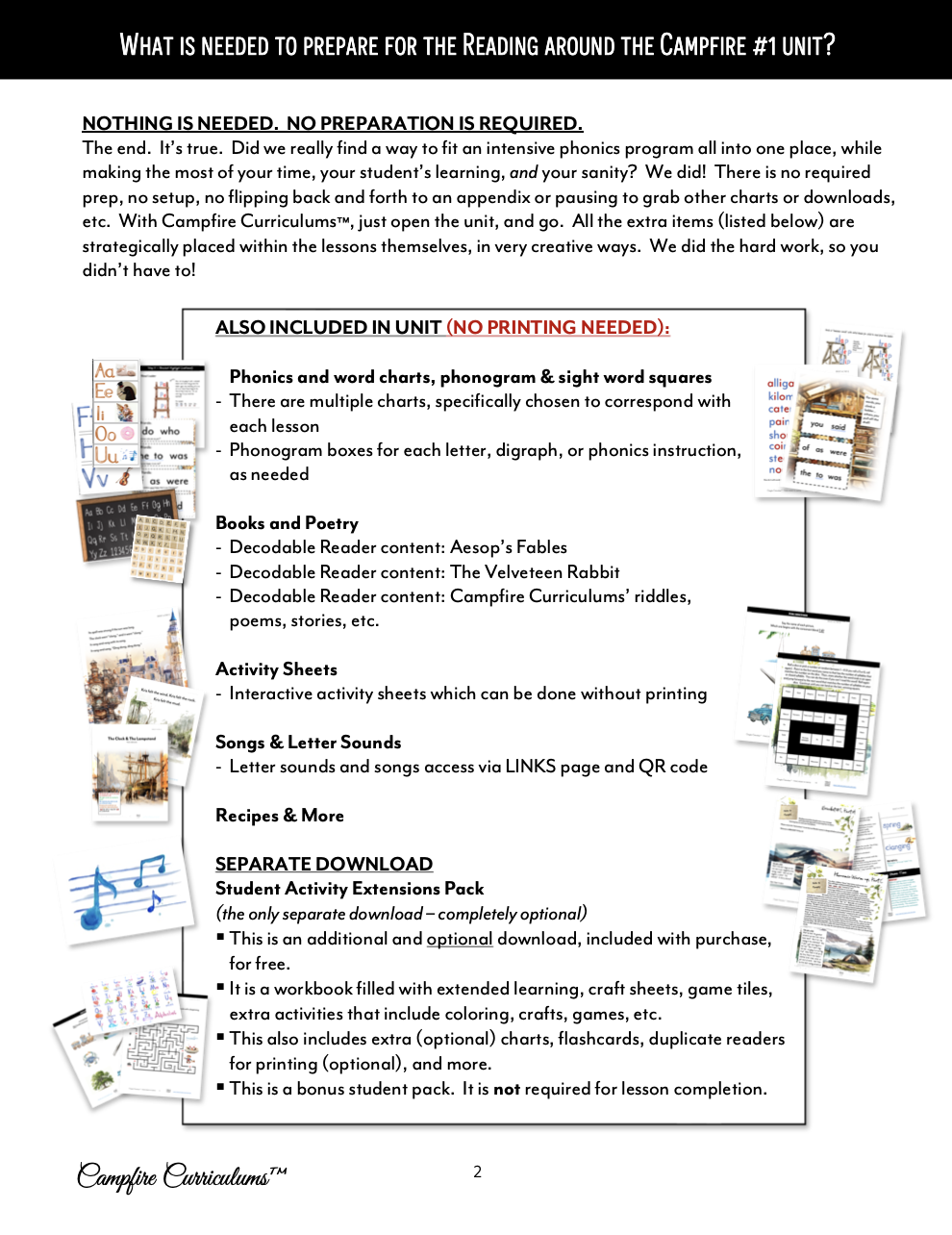

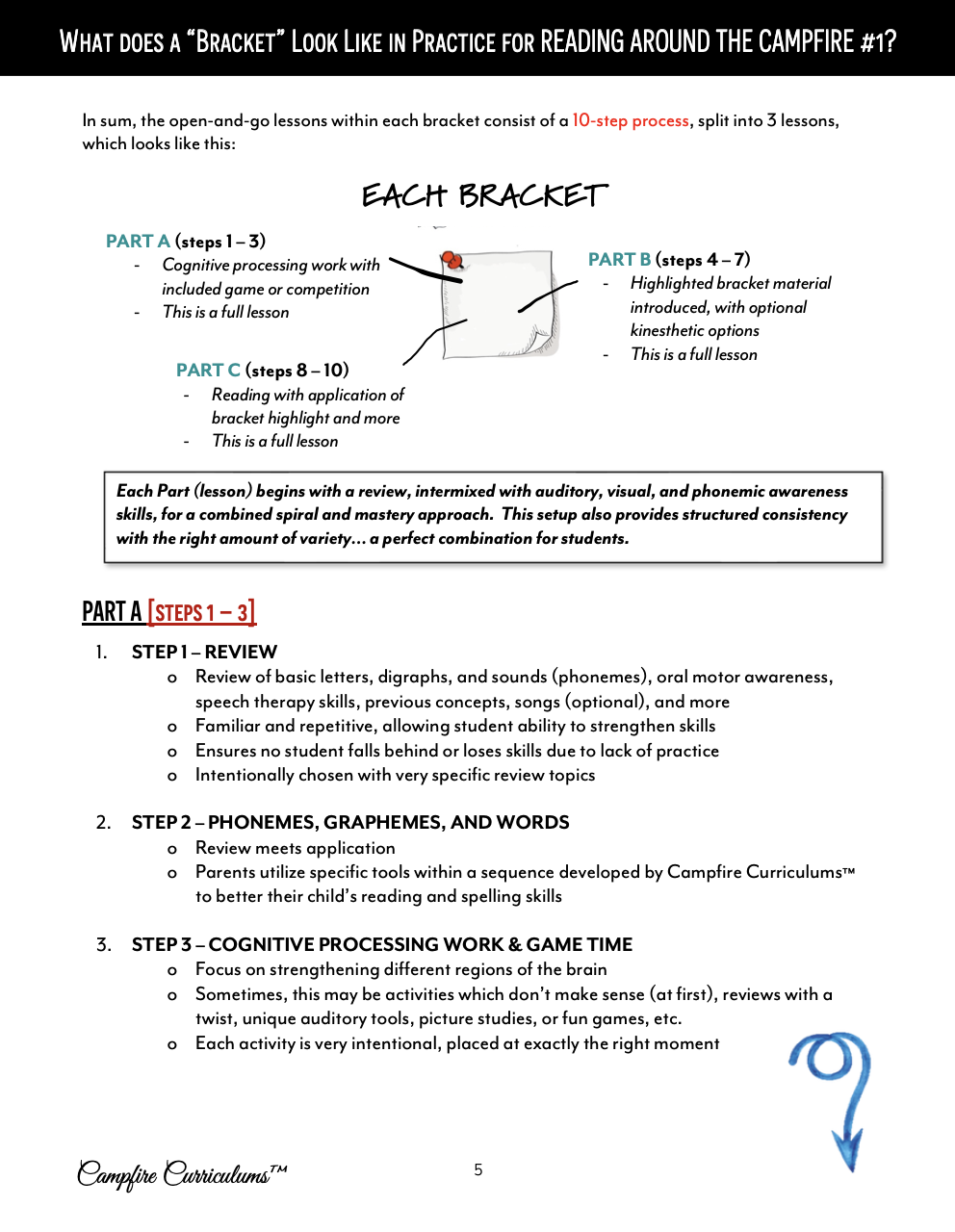

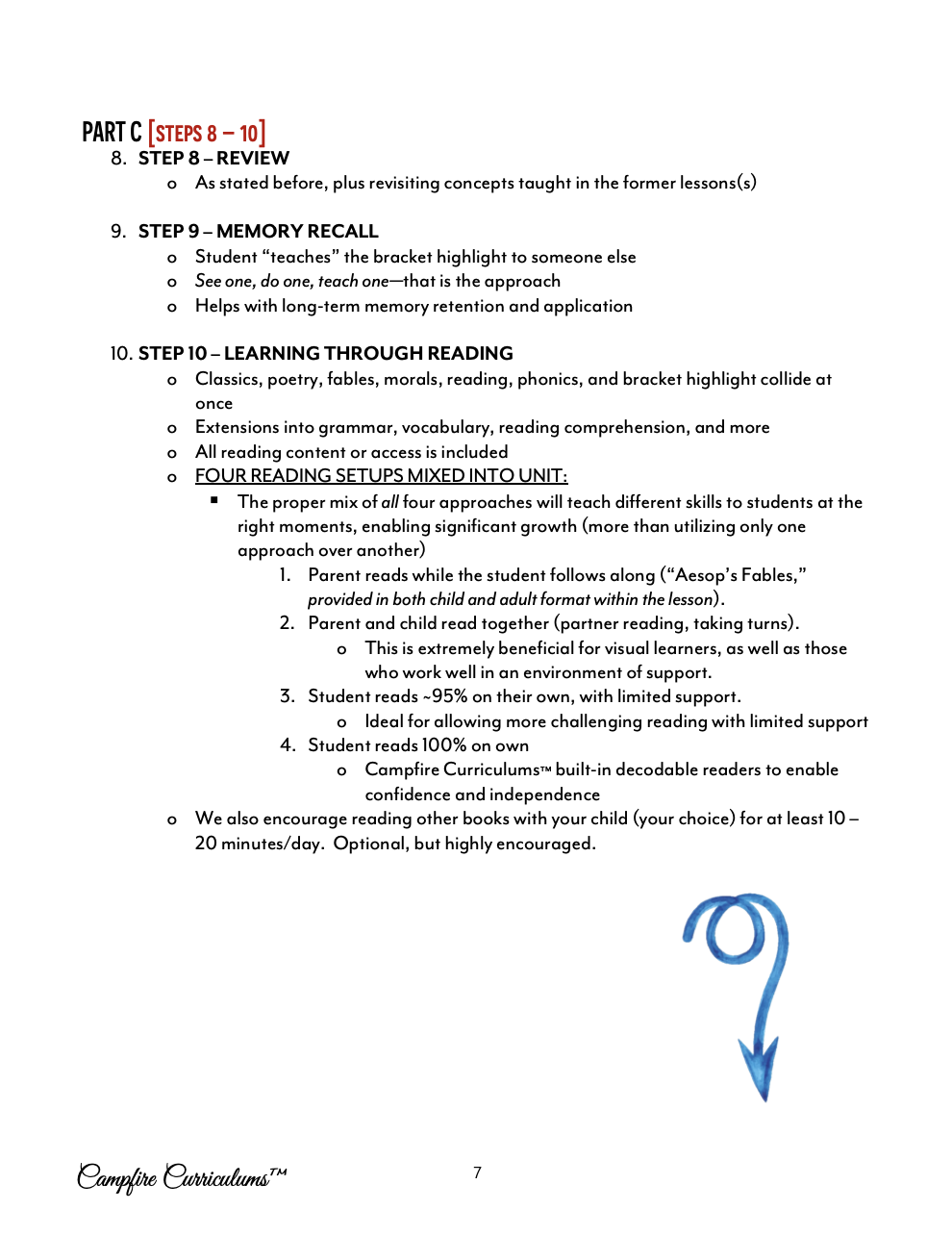
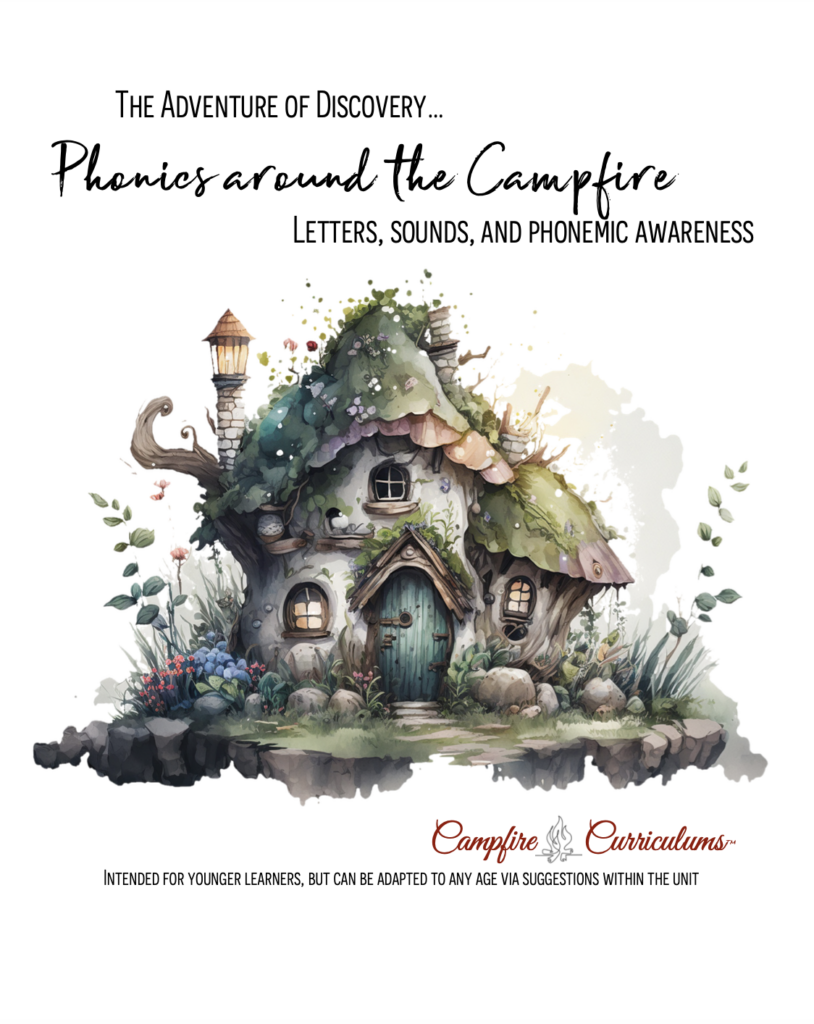

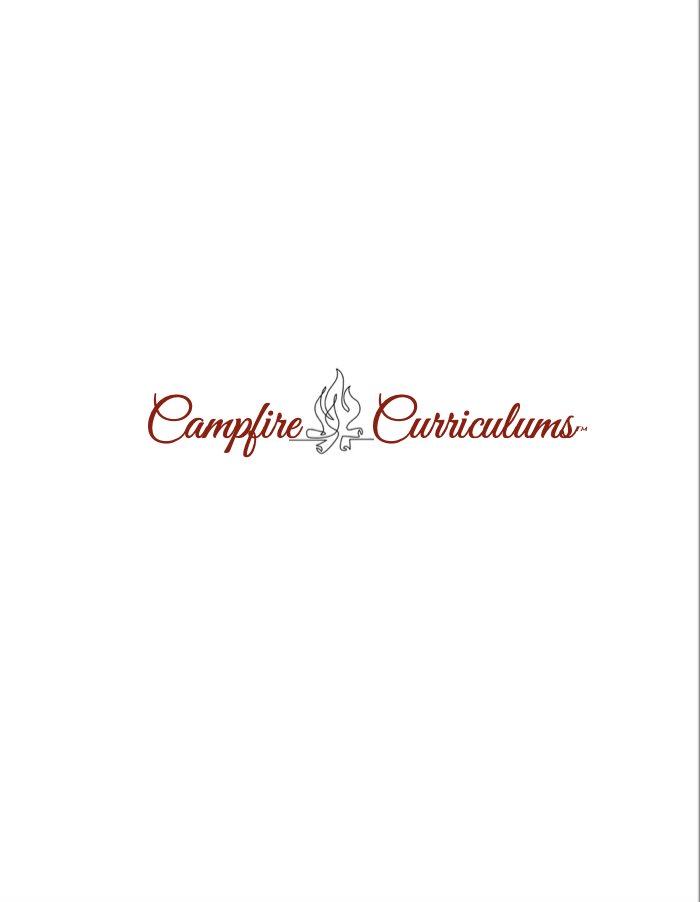
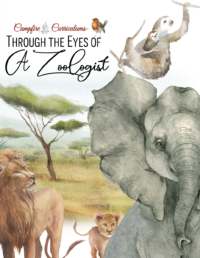




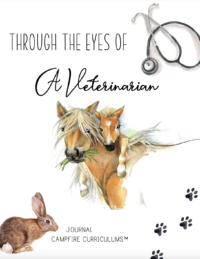

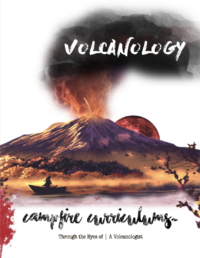
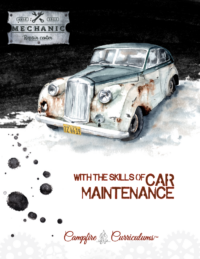
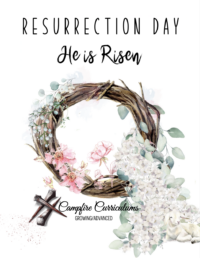



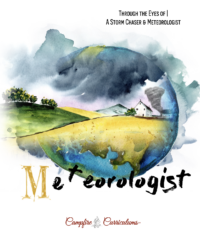

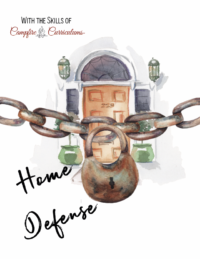

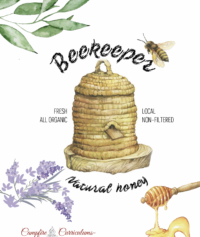
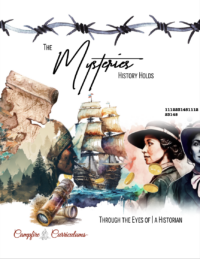
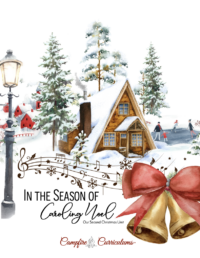

Megan Phillips (verified owner) –
We are using Phonics Around the Campfire and Reading Around the Campfire with my daughter. She just turned 12 years old and is SEVERLY dyslexic. We’ve tried at least 5 different curriculums over the past 6 or so years, and we’ve never made it through level 1 of anything. This was my last attempt before we started a much more expensive and time consuming private tutoring program.
We started at the beginning of PATC just to make sure we didn’t miss anything and covered all the gaps. And really, she was reading at probably a pre-k level. We did double up a little on some of the letters she was more confident with and skipped some of the younger elementary activities, but she knows what we’re doing and why we’re doing it. She’s doing AMAZING!!! We’ve never made this much progress on ANY curriculum we’ve ever tried. We’ve already finished Phonics Around the Campfire and have moved on to Reading Around the Campfire. When we got done with the first half of RATC today, she got a little teary eyed just talking about how much she’s learned in the past couple months. She’s gaining the confidence to attempt more reading on her own as well.
As a former teacher, the lessons were laid out in an easy to follow format. The extra parent notes were helpful for me to understand the background of the program, and I also read a bit of it to my daughter since she’s old enough to understand her strengths and weaknesses. Hearing some of the “method behind the madness” helped her see the big picture.
I would highly recommend this, especially for struggling readers.
Joanna High (verified owner) –
This is an awesome curriculum!! We have used multiple other and none can hold a candle to the thorough fun way that they teach these things.
I have some kids with dyslexia tendencies and it’s been the best!!!
Melanie DeKleine (verified owner) –
I just wanted to take a quick minute and give you all a heartfelt thank you! My youngest was born with a hearing loss and this has made it more difficult to pick up on all the different letter noises. We had tried a few different reading curriculums prior to yours coming out, and me finally taking the plunge to buy “another reading curriculum.” (He asked to start learning to read at 6.5, he’s now 8) I can’t express how thankful I am that you all took the time, effort, and attention to different details; learning new letters/sounds takes. Because of this he didn’t have to just depend on hearing the noise, like most reading curriculums do. He has been able to put the sounds together with what his lips, tongue, voice box, etc should be doing too. Last week he was reading some words on his own! (We aren’t even done with the phonics program yet!) In case you ever wonder if your time, effort, and uniqueness for this program was worth it; it was in every way! Thank you again for juggling all you do and providing us with something more than we knew to ask for!
Jenna Fettes (verified owner) –
I own both the phonics and reading, but we have only did the phonics as we just started. However that being said, I know the reading will be amazing as well because I have looked through it! But going back to the phonics, my daughter is 5 and has been in speech therapy since she was 2. She has come a long way since she first started. This past spring I began the phonics with her. It is so good! The Orton method this uses is just what she needed! She is doing so well with it and she enjoys it all! It has really helped with her letter sounds. I’m excited to continue on with it, and eventually we will do the reading portion. I taught elementary (2nd grade mostly) for 14 years. I wish this was the way I would have taught phonics to my students at that time. I know it would have helped so many of my struggling readers! It is so much fun and so beneficial!!
Melissa Martin (verified owner) –
I’m so excited by Reading Around the Campfire! We’re only into the 3rd bracket and I’m already seeing huge breakthroughs! Our daughter is in 4th grade and has dyslexia and reading has been a huge struggle. Letters were flipped, vowel sounds were frequently substituted, letters from neighboring words were pulled in, sounds were dropped and forget any word with more than 2 syllables. She’s such a hard worker but it felt like we were getting nowhere. We tried, McGraw Hill, The Good and the Beautiful, All About Reading, Explode the Code and Reading Eggs and nothing was really helping a whole lot. There was progress because she started being able to guess at words based on context but remove the context and even the smaller words were 50/50 on getting them right. We’ve been doing campfire for 3 weeks and she just read a page of initial consonant blends correctly! She’s so excited, I’m so excited! She’s telling me that she can picture the vowel hand motions in her head while she’s reading and that she feels the ‘b/d’ in her mouth while she’s reading as well! Thank you, thank you, thank you for making this program! It’s making such a huge difference already.
Natalie Robtoy (verified owner) –
I’ve taught several curricula during my time as a classroom teacher. When they say they bring the smore together, they truly do. I love that the stories aren’t fluff put together for the sake of having the right type of words for the level. One precious curriculum I used had some stories that I felt like were centered around bullying. The stories in RATC are quality, meaningful, and fun.
PATC was so engaging and interesting. The stories I read from this for my child to identify the letter were also so good. No fluff kind of stories. My child loved that Winnie the Pooh was the book for a lot of the lessons. I had never thought about the importance of phonemic awareness before learning to read but it makes so much sense.
We LOVE Campfire.